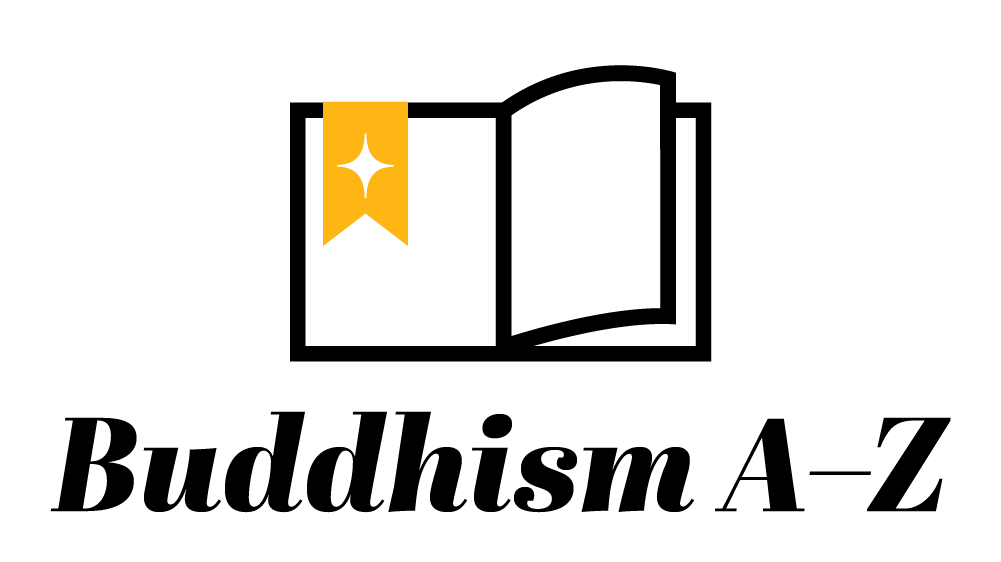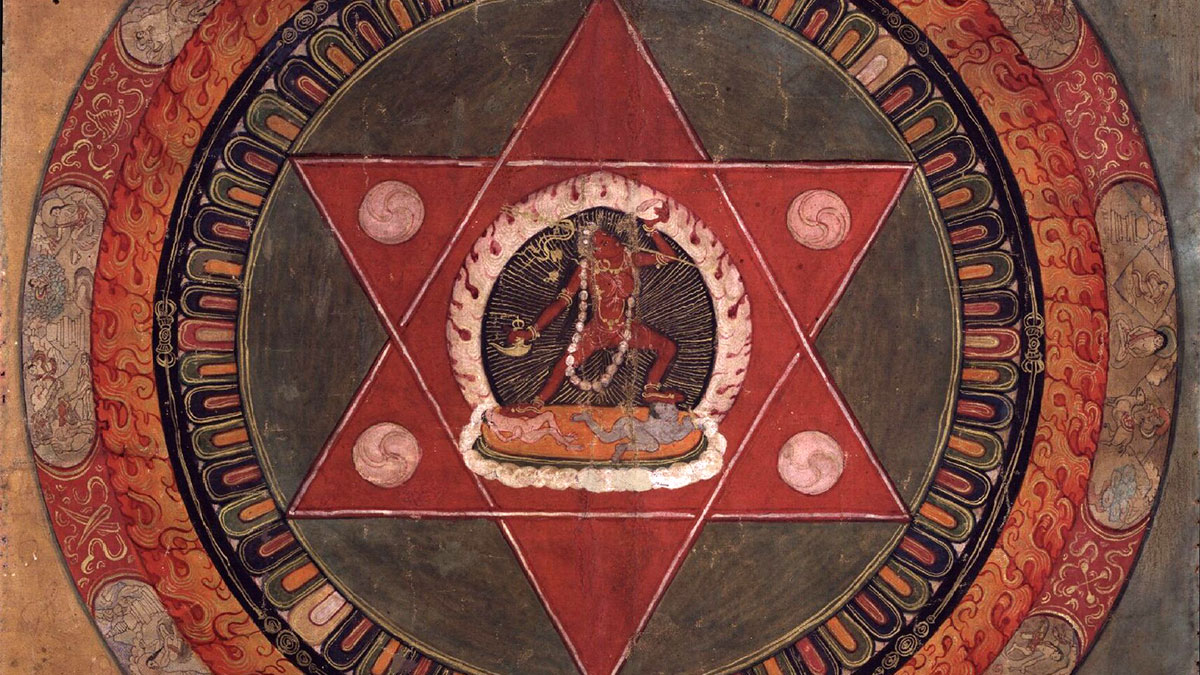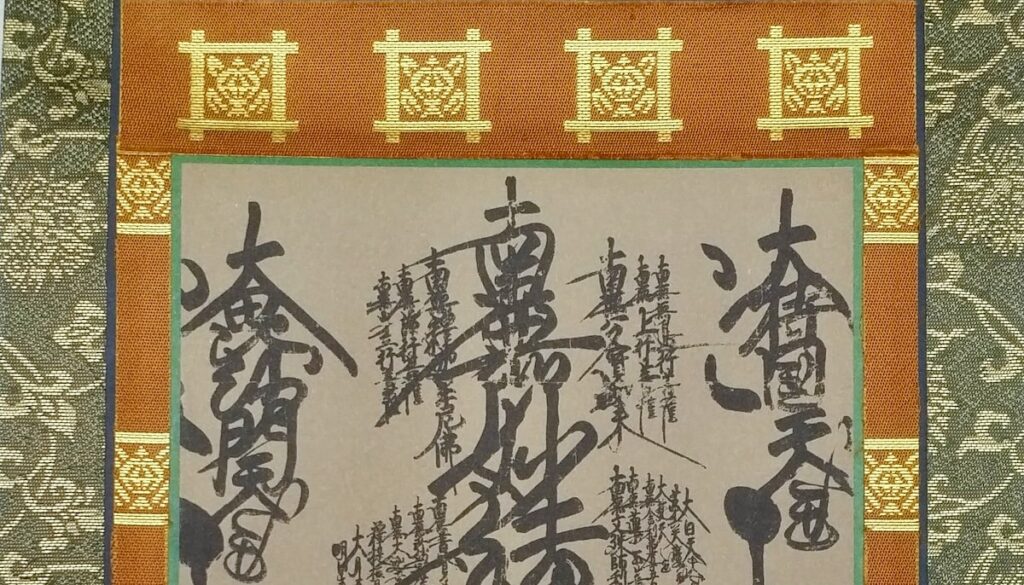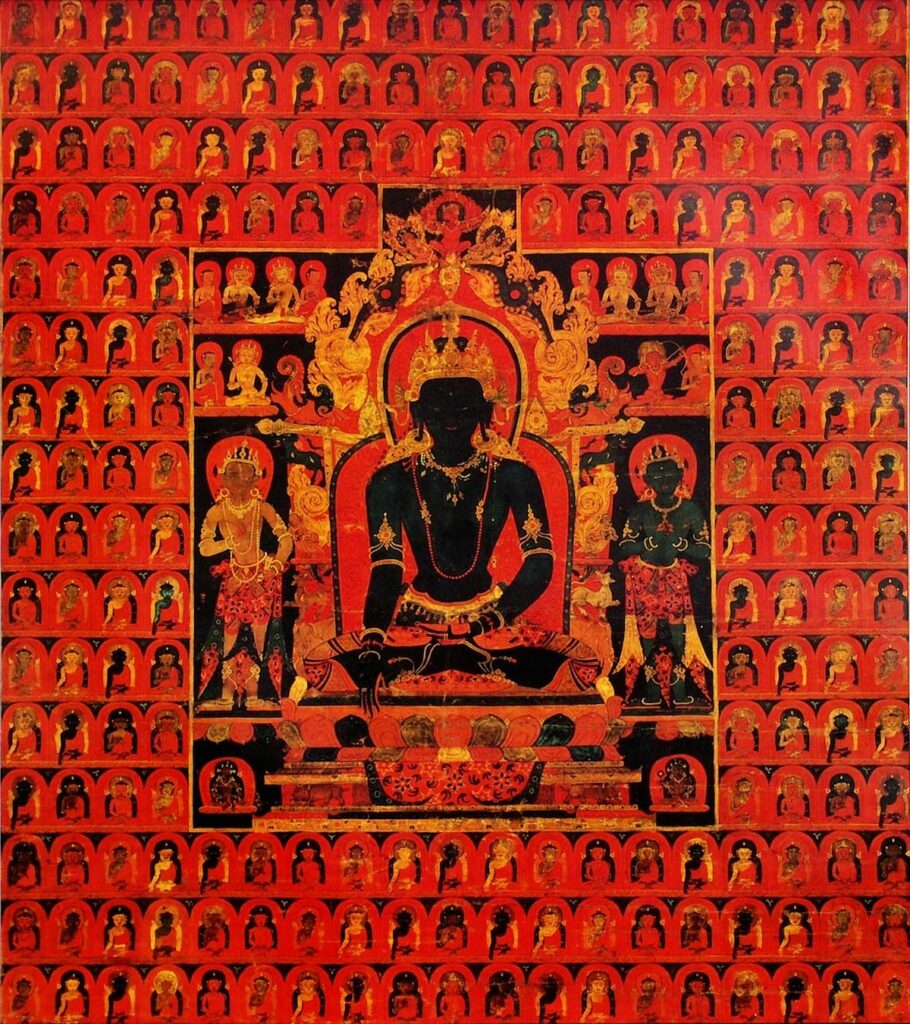A mandala is a circular or spherical symbolic representation of a sacred space, which can include the world of our ordinary perception with nothing left out. It represents the world that is experienced by an enlightened being.
In Vajrayana Buddhism, mandala generally refers to the realm or environment of a tantric deity. The main deity is at the center of the mandala, and subsidiary deities and entities, including protecting spirits, are toward the fringe of the mandala. A tantric practitioner visualizes the deity and its mandala while performing the ritual associated with that deity.
Physical representations of mandalas are created as aids to practice, either in two dimensions, as a picture, thangka painting, or an array of colored sand, or in three dimensions in a kind of architectural model.
Related Reading
What is the Gohonzon?
In Nichiren Shu Buddhism, the gohonzon is a calligraphic scroll that can guide Buddhist practitioners toward enlightenment.
The Five Buddha Families
The five buddha families, traditionally displayed as a mandala, are an ancient Buddhist system of understanding enlightened mind and its various aspects.
Buddhism A–Z
Explore essential Buddhist terms, concepts, and traditions.



